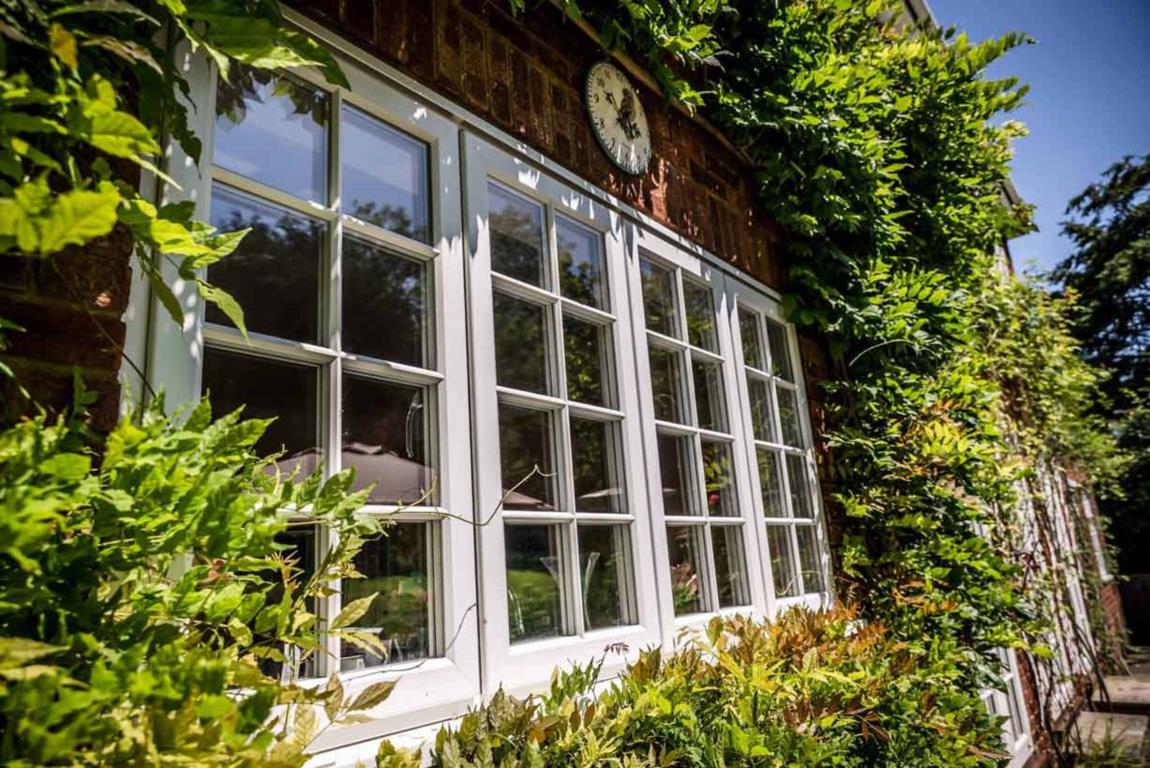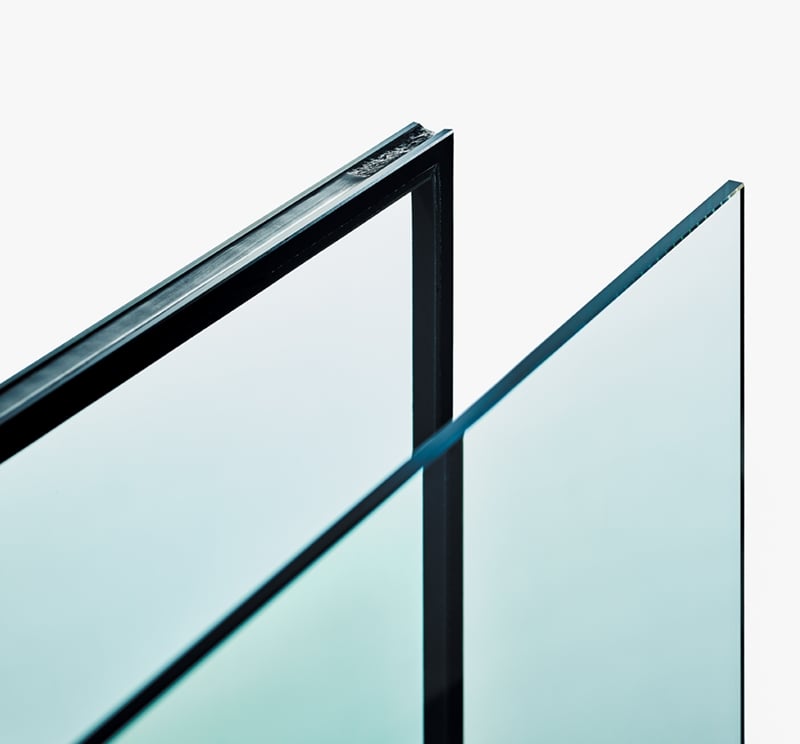All Categories
Featured
Table of Contents
The Ultimate Guide To Double Glazed Windows in North Beach Western Australia
Glazing merely means the windows in your house, consisting of both openable and fixed windows, as well as doors with glass and skylights. Glazing really just implies the glass part, however it is generally used to describe all elements of an assembly consisting of glass, films, frames and furnishings. Paying attention to all of these elements will help you to attain reliable passive design.

Energy-efficient glazing makes your house more comfortable and drastically reduces your energy costs. However, inappropriate or badly designed glazing can be a major source of unwanted heat gain in summer season and substantial heat loss and condensation in winter season. As much as 87% of a home's heating energy can be acquired and up to 40% lost through windows.
Double Glazing Vs Triple Glazing For Windows (2023) in Bullsbrook WA
Glazing is a significant investment in the quality of your home. An initial financial investment in energy-efficient windows, skylights and doors can considerably minimize your yearly heating and cooling costs.

This tool compares window selections to a base level aluminium window with 3mm clear glass. Comprehending some of the crucial properties of glass will help you to pick the very best glazing for your home. Secret properties of glass Source: Adjusted from the Australian Window Association The amount of light that passes through the glazing is called visible light transmittance (VLT) or noticeable transmittance (VT).
Which Double Glazing Company Is The Best? in Como Western Australia
The U value for windows (expressed as Uw), describes the conduction of the whole window (glass and frame together). The lower the U value, the greater a window's resistance to heat flow and the much better its insulating value.
For instance, if your house has 70m2 of glazing with aluminium frames and clear glass with a U worth of 6. 2W/m2 C, on a winter season's night when it is 15C colder outside compared to inside, the heat loss through the windows would be: 6. 2 15 70 = 6510W That is equivalent to the total heat output of a big room gas heating unit or a 6.
Upvc Double Glazed Windows Australia in Hilton Western Australia

If you pick a window with half the U value (3. 1W/m2 C) (for example, double glazing with an argon-filled gap and less-conductive frames), you can cut in half the heat loss: 3. 1 15 70 = 3255W The solar heat gain coefficient (SHGC) for windows (revealed as SHGCw) measures how easily heat from direct sunlight flows through an entire window (glass and frame together).
The lower a window's SHGC, the less solar heat it transfers to the house interior. The actual SHGC for windows is affected by the angle that solar radiation strikes the glass.
5 Benefits Of Double Glazing Windows in Morley WA
When the sun is perpendicular (at 90) to the glass, it has an angle of occurrence of 0 and the window will experience the maximum possible solar heat gain. The SHGC declared by glazing manufacturers is always computed as having a 0 angle of occurrence. As the angle increases, more solar radiation is shown, and less is transferred.
Table of Contents
Latest Posts
Benefits Of Having Double Glazing Windows In The Summer in Westfield Western Australia
Does Double Glazing Have A Vacuum? in Greenmount WA
The Science Behind Double Glazed Windows in Kenwick Perth
More
Latest Posts
Benefits Of Having Double Glazing Windows In The Summer in Westfield Western Australia
Does Double Glazing Have A Vacuum? in Greenmount WA
The Science Behind Double Glazed Windows in Kenwick Perth